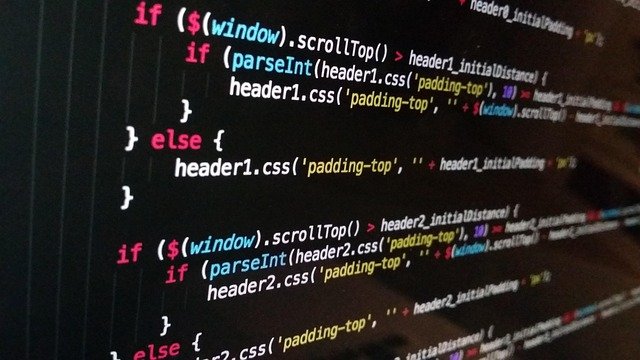Bridging theory and practice in software development learning
Practical software development learning connects foundational concepts with hands-on work. This piece outlines ways educators and learners can combine programming fundamentals, applied projects, and modern tooling so theoretical knowledge becomes usable in real development contexts.

Effective software development learning requires a deliberate connection between conceptual ideas and applied coding tasks. When learners see how theory influences architecture, performance, and maintainability, they can make informed choices in real projects. This article describes how to integrate core programming concepts with practical exercises, use language-specific stacks like javascript and python, and prioritize testing, debugging, and portfolio-ready projects so skills translate into collaborative and independent work.
How does programming theory inform projects?
Programming theory—principles such as abstraction, modularity, and state management—gives learners a framework for design decisions. Lessons that pair a brief concept overview with an immediate coding exercise help reveal consequences: for example, how modular design simplifies adding features or how side effects complicate testing. Encouraging learners to document why a particular structure was chosen reinforces the link between conceptual understanding and the architecture of a project.
How to apply algorithms and data structures?
Algorithms and data structures guide trade-offs for time and space complexity. Presenting them through realistic tasks—optimizing search, reducing memory use, or modeling relationships—makes concepts tangible. Use visual aids and simple benchmarks to compare approaches (e.g., linear vs. binary search, arrays vs. linked lists). Assignments that require selecting an appropriate data structure from a set of constraints teach decision-making more effectively than isolated problem sets.
Where do javascript, python, html, css fit?
Contemporary development often spans front-end and back-end concerns. HTML and CSS provide structure and presentation, JavaScript enables interactive behavior on the client, and Python is commonly used for server-side logic, scripting, or data processing. Teaching these together through a small full-stack project—static layout with HTML/CSS, dynamic client behavior with JavaScript, and a simple Python API—illustrates integration points, debugging workflows, and how different languages serve distinct roles.
How to build projects and a portfolio?
Project-based learning produces artifacts that demonstrate capability. Start with small, focused projects that emphasize a single concept, then progress to larger capstones that require planning, integration, and documentation. A portfolio entry should include a concise description, architecture notes, source links, and a live demo if possible. Showing trade-offs and lessons learned in each entry helps reviewers understand both technical skill and reflective practice.
How to use debugging and testing effectively?
Debugging and testing are essential practices that reduce uncertainty and improve reliability. Teach debugging tools (breakpoints, stack inspection, logging) alongside test practices: unit tests for small functions, integration tests for component interactions, and end-to-end tests for user flows. Demonstrate how a failing test pinpoints regressions and how a test suite supports refactoring. Encourage writing tests early for core logic to build confidence as codebases grow.
How can online learning support practical skills?
Online learning can combine flexible content delivery with hands-on practice when it emphasizes guided projects, interactive exercises, and feedback. Platforms that integrate version control workflows, automated checks, and peer or mentor reviews better mirror real development environments. Look for courses that require learners to submit code, respond to reviews, and deploy simple apps, so the experience covers coding, collaboration, and operational steps used in many teams.
Bridging theory and practice also means teaching transferable developer habits: using version control, writing clear commit messages, reading documentation, and structuring code for clarity and reuse. Realistic assignments that simulate ambiguous requirements or changing constraints teach prioritization and communication in addition to technical skills. Over time, iterative practice with feedback helps learners internalize patterns and adapt theoretical knowledge to new contexts.
A balanced curriculum ties short conceptual lessons to progressively larger projects, embeds testing and debugging into regular workflows, and encourages reflective documentation for portfolios. This combination helps learners move from isolated exercises to sustained contributions on real codebases while maintaining the capacity for continuous learning and improvement.






